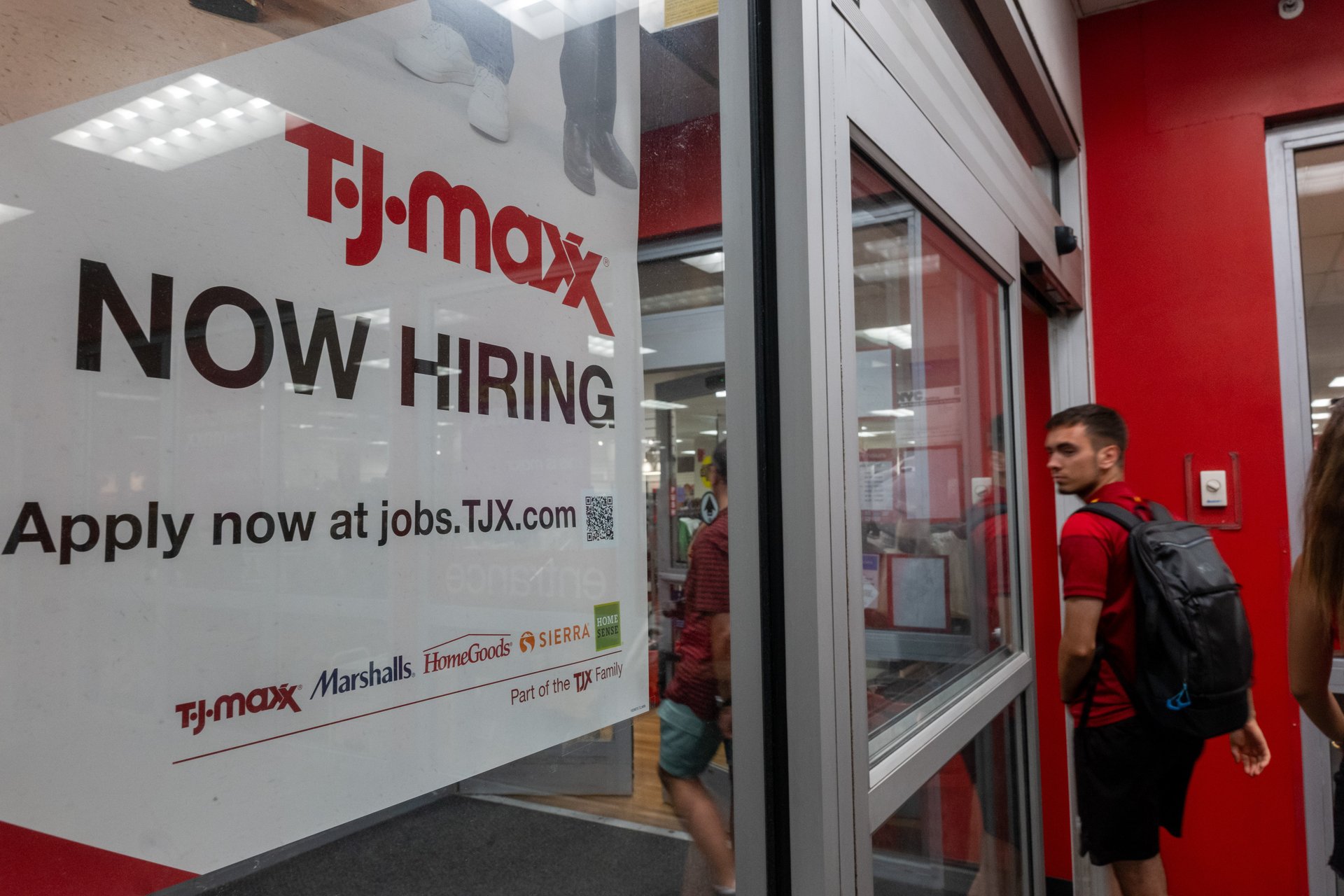Hiring blew estimates out of the water as the economy shows continued strength
With inflation cooling, the Federal Reserve is looking to the jobs market to help guide future interest rate cuts

The U.S. created more jobs than expected in September, in the first employment report since the Federal Reserve carried out its first interest rate cut since 2020.
Suggested Reading
Nonfarm payrolls increased 254,000, up from an upwardly revised 159,000 in August, data from the Bureau of Labor Statistics (BLS) released Friday shows. This blew past the 140,000 expected by economists, according to FactSet (FDS) consensus estimates.
Related Content
The unemployment rate ticked down by 0.1 percentage point from August to 4.1%. That was also below the 4.2% anticipated by economists.
Job creation was led by a handful of industries, including food services and drinking places, health care, government, social assistance, and construction.
“This should put to rest – at least for the next month – the idea that the economy is about to fall off a cliff or that imminent doom is on the horizon,” said Chris Zaccarelli, chief investment officer at Independent Advisor Alliance, of Friday’s report.
In recent months, the job market has begun to show considerable signs of cooling. The unemployment rate has inched upward all year, hitting a high of 4.3% in July — above what the central bank’s Summary of Economic Projections, or the so-called “dot plot,” had expected for this year. Despite ticking down to 4.1% last month, unemployment remains at its highest level since November 2021.
But the job market is beginning to show signs of stabilizing from all angles. Job openings hit a three-month high in August, increasing to 8.04 million, according to the BLS Job Openings and Labor Turnover Survey released Tuesday. Layoffs also remained low, and the rate at which employers were hiring fell slightly to 3.3%.
The BLS also revised July employment figures upwards by about 55,000, to 144,000 jobs created in the month from the 89,000 it reported earlier — a sign that the job market has been faring better than previously thought.
When the central bank’s decision-making arm, the Federal Open Market Committee, voted to slash interest rates by half-a-percentage point, Fed Chair Jerome Powell emphasized the “recalibration” of policy to focus on the employment situation.
“This recalibration of our policy stance will help maintain the strength of the economy and the labor market and will continue to enable further progress on inflation as we begin the process of moving toward a more neutral stance,” Powell said in a post-meeting news conference.
The latest Personal Consumption Expenditures (PCE) index, the Fed’s preferred inflation reading, came in at 2.2% in August, the BLS reported late last month, after the FOMC decision. Economists saw those figures as confirmation that the bigger interest rate reduction was the right call, as inflation continues to trend towards the central bank’s 2% target.
Paired with the latest jobs data, analysts and strategists are expecting the FOMC to move forward with a 25-basis-point cut at its next meeting and continue with a more gradual pace of easing monetary policy.
“It’s going to be hard to justify a .50 basis point rate in November with employment data like this,” said Jamie Cox, managing partner at Harris Financial Group.
